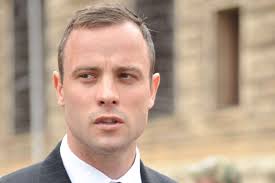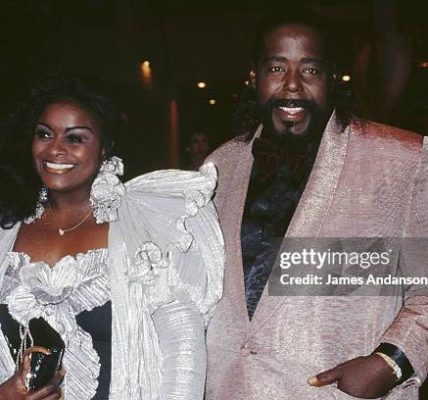Skip to content
Oscar Pistorius — once a symbol of triumph over disability and the electrifying “Blade Runner” — has stepped onto a public sporting stage again, nearly a year after his parole in January 2024.
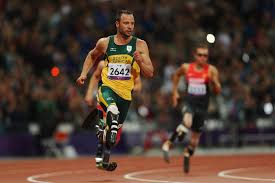
The 38-year-old took part in the Ironman 70.3 Durban triathlon on June 1, marking his first major public athletic appearance since his conviction for the murder of Reeva Steenkamp in 2013 (reuters.com).
The Race & His Performance
The Ironman 70.3 — encompassing a grueling 1.9 km swim, 90 km cycling, and a 21.1 km half‑marathon run — saw Pistorius finish in 5 h 56 m 28–39 s, placing 555th overall and 3rd in the physically challenged category (as.com).
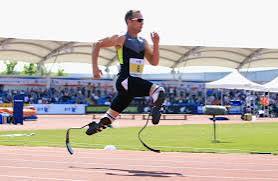
He entered under bib number 105, with his race participation confirmed via SportSplits timing data (independent.co.uk).
Legal & Parole Aspects
Pistorius was released on parole in January 2024 after serving over half of his reduced sentence and remains under supervision until 2029 (reuters.com).
He reportedly had parole officer approval to travel from Pretoria to Durban and join the event, with the Department of Correctional Services stating there was “no breach” of his parole terms (reuters.com).
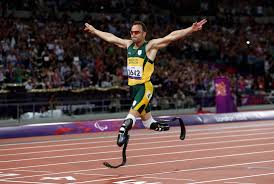
His attorney, Conrad Dormehl, described the triathlon as part of his rehabilitation journey, emphasizing that Pistorius isn’t aiming for a competitive comeback in track running (thetimes.co.uk).
The Backlash & Broader Context
The appearance sparked significant public outrage, particularly in South Africa where gender-based violence remains a critical issue (archysport.com).
The United Democratic Movement Women’s Organisation (UDEMWO) labeled his participation “a blatant insult” to the memory of Reeva Steenkamp, describing it as “unacceptable” and a “slap in the face” to victims of femicide (iol.co.za).
In contrast, Reeva’s mother, June Steenkamp, is focusing on her foundation and legacy work, and reportedly remains indifferent to Pistorius’s actions (iol.co.za).
Observers argue that this controversy taps into a global debate on restorative justice, parole conditions, and whether individuals convicted of violent crimes should rejoin public life — especially within sports contexts (archysport.com).
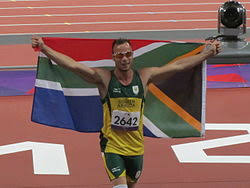
On the Blades: Tech Legacy
Pistorius’s iconic carbon-fibre Cheetah prosthetic blades, designed by Össur and approved by the Court of Arbitration for Sport, once propelled him onto Olympic and Paralympic podiums (en.wikipedia.org).
The biomechanics are well-documented: while he lacked natural calf and ankle structures, his blades offered minimal energy loss (approx. 9 % vs. 42 % in biological legs), especially at sustained speeds (en.wikipedia.org).
However, Pistorius had to generate significantly more hip and quadriceps power — at least double that of an athlete with intact legs — to compensate at the start and around turns (en.wikipedia.org).
-
Though he’s primarily known for sprinting, his appearance in a triathlon reinforces the adaptability and endurance of these running prosthetics — now being “dusted off” as one publication put it .
Why It Matters
-
Rehabilitation vs. Public Sensitivity
-
Pistorius’s participation in a public endurance event showcases a progressive rehabilitation route from incarceration.
-
Yet it collides with societal pain, given unresolved trauma around Reeva’s death.
-
Sports Ethics & Precedent
-
His involvement may set a precedent — whether athletes with serious convictions can continue sporting activities while serving sentences or parole.
-
Technological Resurgence
-
For those interested in prosthetic and biomechanical advances, this return serves as a visible case study in high-performance carbon-fibre limb applications beyond elite sprinting.
-
Media & Public Engagement
-
Even under a substantial media ban, his presence at a high-profile event inevitably invites coverage, debate, and scrutiny — impacting both victims’ rights and the offender’s acknowledged rehabilitation.
Final Reflections
Oscar Pistorius’s appearance at the Ironman 70.3 in Durban embodies a complex juncture of sports, crime, justice, and public sentiment.
On one hand, it suggests the potential for reintegration through sport — a cornerstone of restorative justice.
On the other, it raises profound questions about the messages sent to victims, especially in a society grappling with the scourge of femicide.
While authorities confirmed compliance with parole terms, critics argue the moral implications extend beyond legality.
For advocates of sports as transformative rehabilitation, this might be a small yet significant step forward.
For victims’ groups and many in South Africa, it feels like a painful reminder of what was lost and the deep scars still carried.
If you’re interested, we could explore:
-
The science of carbon-fibre prosthetics in endurance sports.
-
Comparative cases: athletes convicted of crimes who continued sports during or after sentences.
The structure and rules of Ironman events relative to discourses of inclusivity and redemption.
Just say the word!




